In 1999 I planted nine Manzanillo olive trees. Over the years, I've added another fourteen trees, and they are all still alive and producing fruit for olive oil. My early success relied more on dumb luck and less on good planning. Fortunately for me, olive trees are very forgiving.
I have learned enough about olive trees over the last 24 years to know that proper research and planning beats dumb luck any day. If you want to grow olives and produce your own olive oil, there are a few things to keep in mind.
One early mistake I made was planting just one type of olive tree. For four years, my trees didn't produce a single olive until, on a whim, I planted two Picholine olive trees. The next year I got a decent crop.
Manzanillo olive trees require a pollinator, and Picholine olive trees just happen to be one. There are some olive trees that are self-pollinating, but it's best to know what a tree requires before planting it.
Figuring how many trees to plant based on how much oil you want is fraught with variables. Four to six olive trees might yield 20 to 30 pounds in the first few years of production. The harvest will quickly double, and by year eight, you could get 100 pounds, enough for six to eight quarts of oil. Not all cultivars produce the same volume of olives, and some cultivars become alternate bearing, producing a heavy crop one year followed by a light crop the next. So projecting production can be a guessing game.
Annual maintenance involves pruning, watering, fertilizing, and pest control. Olive trees require annual pruning to produce heavy crops. They bear fruit on the previous year's growth, and they never bear on the same wood twice. They should be pruned in spring, removing shoots that bore fruit the previous year but leaving new shoots.
Pruning isn't necessary the first few years, but start pruning for shape around year four. I neglected to start pruning until probably the eighth year, and by then, the trees were so tall and bushy it was hard to move between them. It took several years of hard pruning to get them to a reasonable size.
Olive trees are drought resistant, but they do require water to survive. When establishing an olive tree, keep the soil moist but not saturated. Water a newly planted tree weekly for the first year or anytime the top two inches of soil become dry. After a tree is established, deep watering monthly is sufficient. During our recent drought, I practically eliminated watering. This affected production, but all the trees survived.
Fertilizing has been easy. I don't do anything except monitor for nutrient deficiencies. Olive trees need primarily nitrogen, potassium, and boron. Potassium and boron deficiencies are rare, so only nitrogen is a concern. Trees lacking nitrogen will have light green to yellow leaves and poor shoot growth. I haven't experienced this, so adding nitrogen has not been necessary. I do add compost around the trees, but this is more to protect the soil.
Pest control is the main issue with olives. Some years the olive fruit fly claimed our entire crop, while in other years the fly was satisfied with just 10 percent. I learned the hard way that you don't ignore the olive fruit fly.
If I could go back in time, I would have used traps such as yellow sticky panels, McPhail Traps or the OLIPE trap for monitoring the presence of the little critters. The traps are not expensive, and will let you know if the fruit fly is present.
Once you detect it, you can continue to use the traps, but I would start using either Spinosad (GF-120 Naturalyte), a bait spray or Kaolin clay (Surround), a spray-on particle film. I haven't used Kaolin clay, so I can't comment on its effectiveness, but I have found Spinosad to be very effective in controlling the fly.
Harvesting olives is easy but time-consuming. I use a 5-gallon bucket, a ladder, and my hands. I follow the old adage and pick the lowest hanging fruit first and then, using a ladder, work my way up the tree. Since I've fallen off a ladder several times, I no longer pick any olives that require going higher than the third step on an 8-foot ladder. I inspect the olives after harvest and discard any with evidence of fruit fly infection.
When to harvest depends less on fruit maturity and more on when a local mill is accepting olives. Most millers have community days where anyone can bring in olives for milling and receive a portion of the olive oil produced. Community days occur in October and November.
On Sunday, May 7, from 2 pm to 4 pm the UC Master Gardeners of Napa County will offer a workshop on growing olives (details below). The workshop will be held at my home so you can see for yourself what my olive grove looks like.
Workshop: Join UC Master Gardeners of Napa County for a talk on “How to Design a Fabulous Container Garden” on Wednesday, May 3, from 11:30 am to 12:30 pm, at American Canyon Adult Activity Center, 2185 Elliott Drive, American Canyon. To register, visit https://secure.rec1.com/CA/american-canyon-ca/catalog. Select “Active Adults 50+ Classes,” then scroll down to “Gardening.”
Library Talk: Join UC Master Gardeners of Napa County and Napa Library for a free talk on “Resilient Landscaping for Fire and Drought” on Thursday, May 4, from 6 pm to 7 pm, at the Napa Library 580 Coombs Street, Napa. Register at:
https://ucanr.edu/2023MayFire&DroughtLibraryTalk
Workshop: Join UC Master Gardeners of Napa County for a workshop on “Growing Olives” on Sunday, May 7, from 2 pm to 4 pm. Learn what varieties to plant, where to plant them, and how to maximize fruit size and yield. Register at: https://ucanr.edu/2023FoodForumMay to receive the event location.
Help Desk: The Master Gardener Help Desk is available to answer your garden questions on Mondays and Fridays from 10 a.m. until 1 p.m. at the University of California Cooperative Extension Office, 1710 Soscol Avenue, Suite 4, Napa. Or send your questions to mastergardeners@countyofnapa.org. Include your name, address, phone number, and a brief description of the problem. For best results, attach a photo of the plant. You may also leave a voicemail message with the same information at 707-253-4143.
Attached Images:
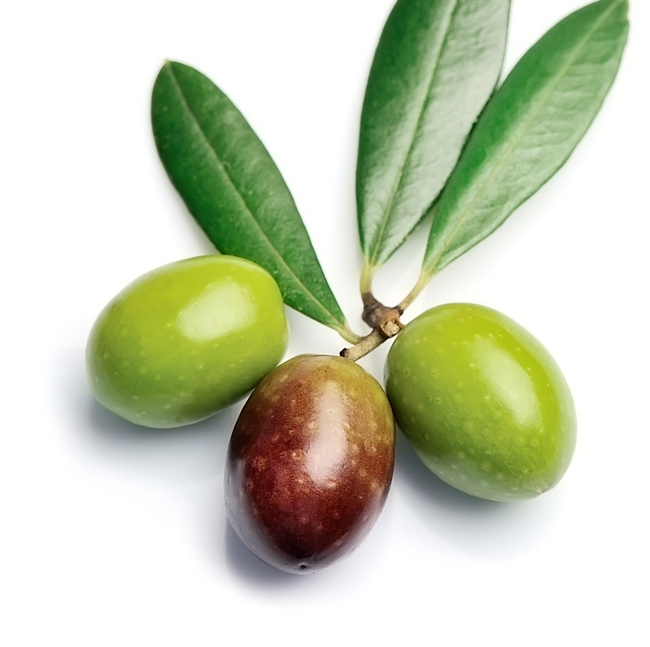
Manzanillo Olive Tree Live Plant - Olea europaea (desertcart.hk)
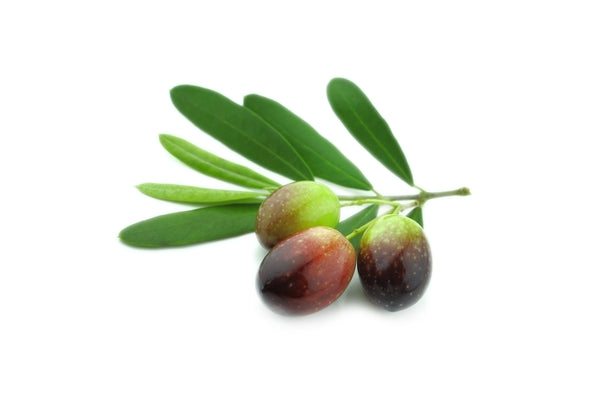
Picholine Olive Tree (fourwindsgrowers.com)
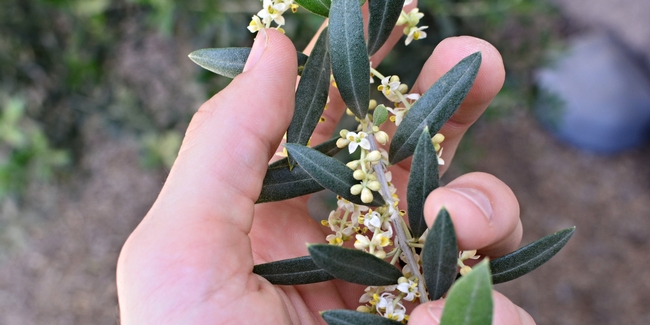
How an Olive Tree Gets Pollinated (blog.queencreekolivemill.com)
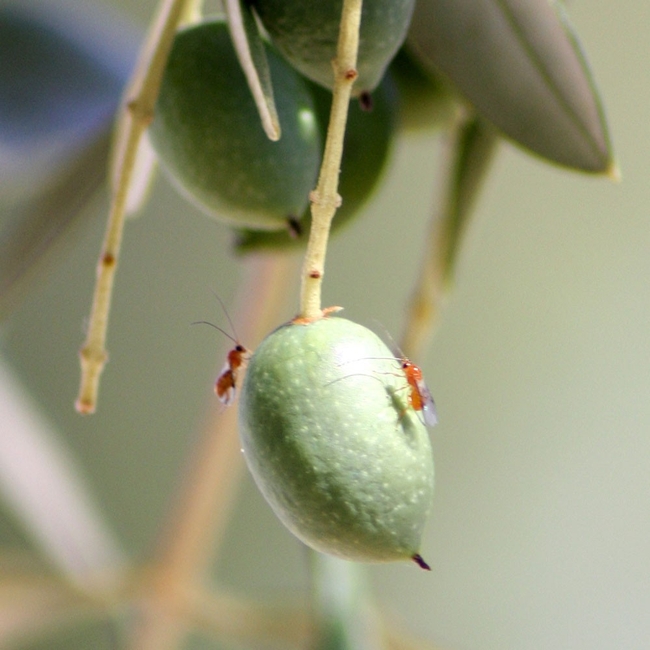
Olive fruit fly the greatest enemy of the olive (grelia.gr grelia.gr)
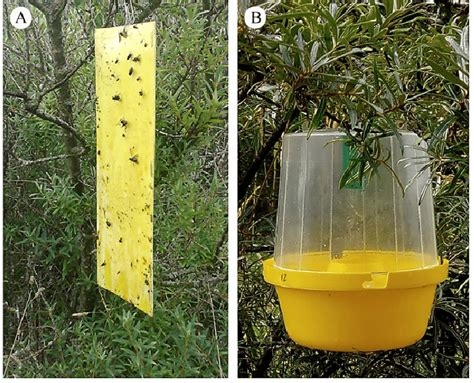
Types of traps- flat sticky (A) and McPhail (B) Download Scientific Diagram (researchgate.net)
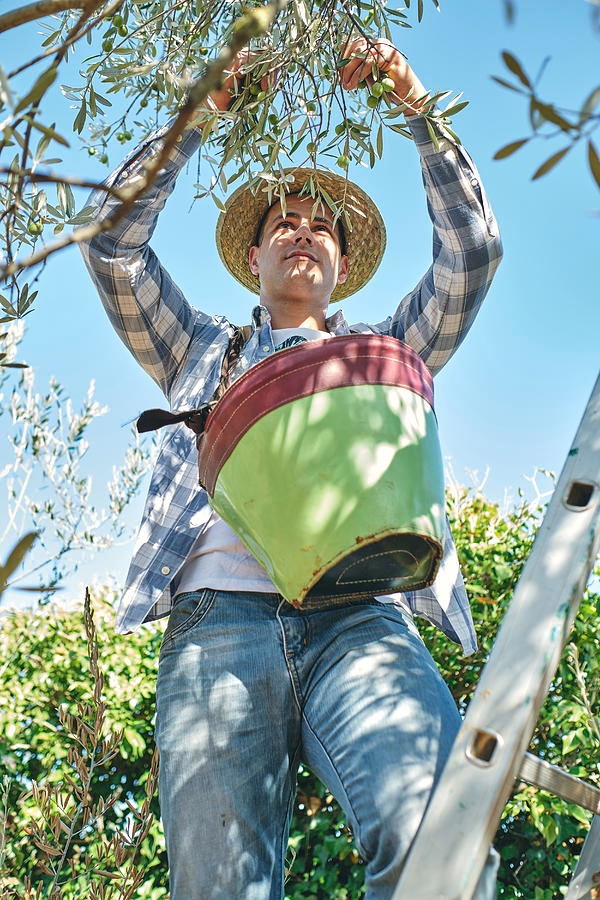
Young Boy Works Picking Olives On A Ladder Photograph by Cavan Images (fineartamerica.com)
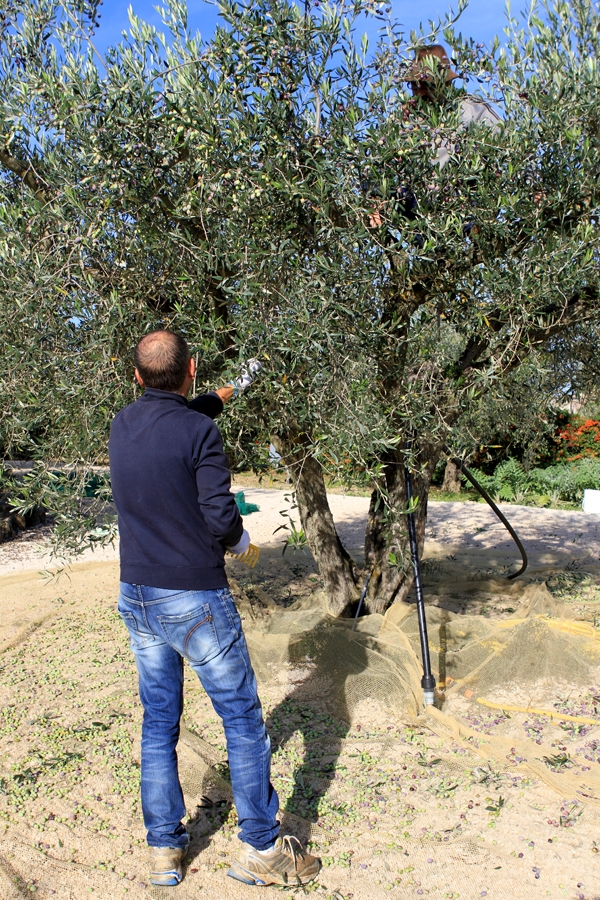
Olive Oil Harvest 2013 (italianfoodforever.com)